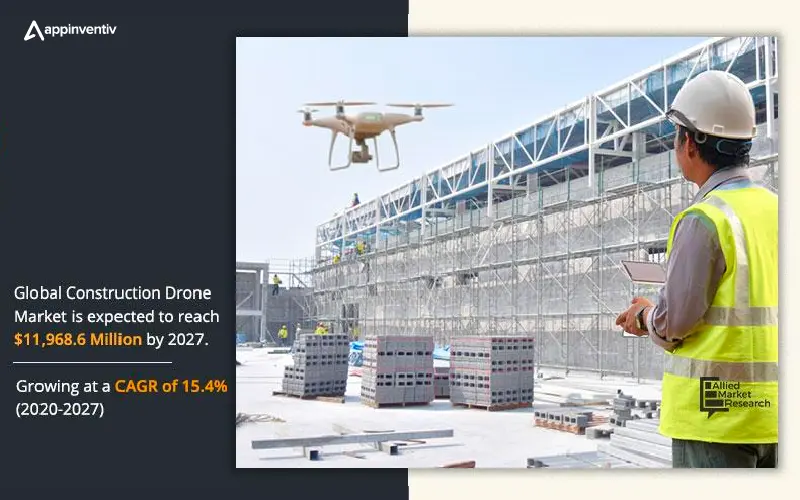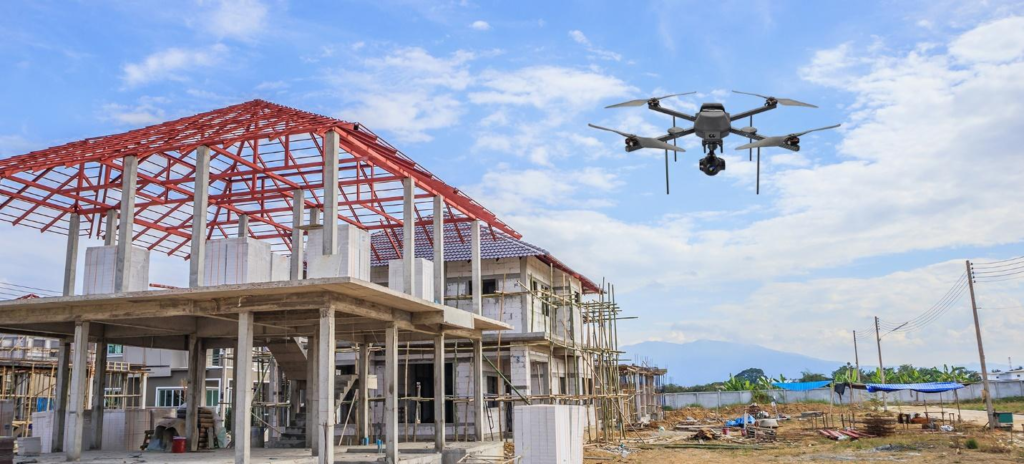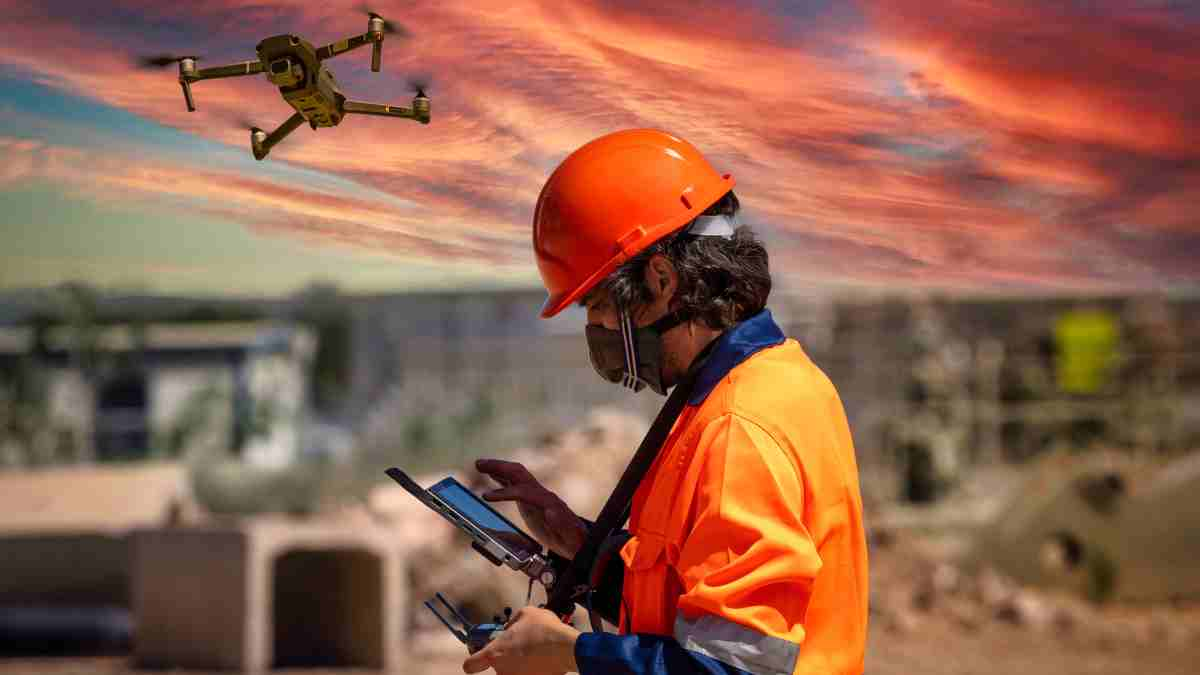Welcome to an in depth look at how drones technology is completely transforming construction monitoring across Kuwait. From skyscrapers to infrastructure, automated eyes in the sky are redefining how projects are supervised, saving time and boosting safety while building stronger trust between stakeholders and communities.
Embracing Drone Technology Across Kuwait’s Building Sites
In Kuwait’s booming construction industry, drones are changing the game. Affordable, robust, and easy to deploy, these flying devices are now used on practically every sizeable site. Developers and contractors embrace this shift because drones deliver real time visual data and aerial insights that ground based inspections simply cannot match.
Drones capture comprehensive images, thermal scans, and 3D maps of sites quickly and safely. They provide unparalleled visibility into every corner of a project, enabling critical decisions to be made swiftly, accurately, and collaboratively.
Dramatic Efficiency Gains and Seamless Progress Tracking
One of the most exciting benefits is the leap in efficiency. Traditional inspections take hours or days; drone flights take minutes. A single drone can cover acres of land and dozens of buildings in one session, capturing definitive progress updates.
With automated flight routines and repeatable tracks, every flight yields consistent results. Weekly or even daily aerial reports become the norm, giving project managers precise insight into what is advancing and what is lagging, helping teams stay on schedule like never before.
Enhancing Safety and Minimizing Risk at Worksites
Safety is a top concern on any construction site. Drones help keep people out of hazardous zones by performing aerial surveys over unstable ground, tall scaffolding, or confined spaces, places that pose risk to workers.
Drone flights replace risky climbs or manual inspections. They bridge access gaps and reduce human interaction with dangerous areas. As a result, wound rates and safety incidents drop, and crew morale stays high.

Cost Savings That Truly Add Up
Operational budgets are shrinking thanks to drone efficiencies. Fewer man hours are spent on inspections, fewer equipment rentals are needed, and fewer costly mistakes go unnoticed. Discrepancies between as built and planned designs are caught early, avoiding expensive rework later.
In addition, improved quality control and documentation means reduced liability and smoother handovers. Developers can allocate resources more wisely, accelerating the return on investment for every project in the pipeline.
Real Time Visibility for Stakeholders and Investors
For investors and stakeholders, transparency is key. Drone reports complete with high resolution images, video walkthroughs, and interactive maps provide a digital window into site realities.
Whether they are abroad or in their offices, stakeholders can access up to date visuals and status snapshots at any moment. Drone imagery brings clarity and confidence to meetings and progress reviews, strengthening trust across the board.
Building Smarter with 3D Modeling and Accurate Measurements
Modern drones often include LiDAR or photographer technology, which means 3D modelling becomes effortless. Construction teams can generate precise digital twins of ongoing work, mapping terrain, structures, and elevation changes with millimetre accuracy.
These models support BIM workflows and clash detection, helping teams detect design conflicts before they become costly. Remote surveyors can validate measurements, topography, and structural alignment without even stepping on site.
Environmental Monitoring and Sustainability Benefits
Beyond construction tracking, drones contribute to Kuwait’s environmental goals. They are used to assess dust, noise, and emissions around sites, ensuring projects comply with local regulations and minimize community impact.
With drones, contractors can proactively monitor erosion risks, sand migration, and sensitive ecosystems. The result: more sustainable construction practices and greater harmony between development and the environment.

Transforming Inspections From Infrastructure to Interiors
Drones are not limited to new builds. They can inspect existing infrastructure such as bridges, roads, pipelines, domes, uploading critical data far more quickly than traditional methods.
Outdoor surveillance is just the beginning; drones equipped with indoor positioning systems are now used to scan interiors of large halls, warehouses, or tunnels. They detect structural cracks, thermal leakage, or water damage, all without scaffolding or ladders.
Training People, Not Just Operating Drones
The shift to drone driven monitoring is not just about hardware. Construction teams in Kuwait are undergoing training to become certified drone pilots and image analysts.
These trained operators learn to interpret aerial data, plan inspection flights, and integrate the results into project management tools. Human expertise paired with cutting edge tech creates a high impact feedback loop, making monitoring more accurate and deeply actionable.
Fostering Collaboration and Streamlined Workflows
When drone data is shared instantly across teams, coordination improves dramatically. Contractors, architects, engineers, and clients can access the same visual feed and discuss changes in real time.
Issues spotted in aerial footage such as misaligned columns or unfinished floors trigger immediate corrective action. This level of transparency ensures accountability and helps keep projects aligned with timelines and quality standards.
Expanding Use Cases Beyond Construction Monitoring
In Kuwait, drone usage is expanding beyond construction. From coastal erosion assessments to infrastructure audits and inspection of oil facilities, drones are being integrated into diverse operational workflows.
Their fast deployment and visual clarity make drones invaluable tools across sectors, supporting maintenance, surveying, inspection, and security. As adoption grows, drone technology becomes foundational to Kuwait’s broader digital transformation.
Challenges and Ongoing Improvements
Of course, scaling drone use comes with hurdles. Navigating Kuwait’s aviation regulations, ensuring data security, and managing large volumes of imagery demand careful planning.
However, leading firms in Kuwait are developing best practices: standardised flight procedures, encrypted data storage, secure cloud systems, and strict licensing. As regulations evolve, operators grow more compliant and systems become more robust.
A Bright Future Smarter, Safer, Faster in Every Project
Looking ahead, drone technology is set to become even more powerful. AI driven image analysis will soon flag issues automatically. Autonomous swarm flights will collect data around the clock. And connections with IoT sensors on site will unlock new layers of insight.
In Kuwait’s bustling construction environment, the future is clear: projects will run faster, cleaner, and more transparently than ever before, guided by intelligent drones working hand in hand with skilled professionals.
Final Thoughts Drone Technology Is Revolutionizing the Landscape
Drone technology is transferring construction monitoring in Kuwait from manual, time intensive work to a streamlined, visual, data driven experience. With speed, safety, savings, and collaboration at its core, this innovation is redefining how projects are built and managed.
As architects, engineers, developers, investors and governments embrace drones wholeheartedly, Kuwait emerges at the forefront of a smarter, more efficient construction revolution where every blueprint is backed by aerial insight, and every building tells a visual story.
Do follow Gulf Magazine on Instagram.
Also Read – Biotechnology Research Hubs in Qatar Driving Groundbreaking Scientific Discoveries



